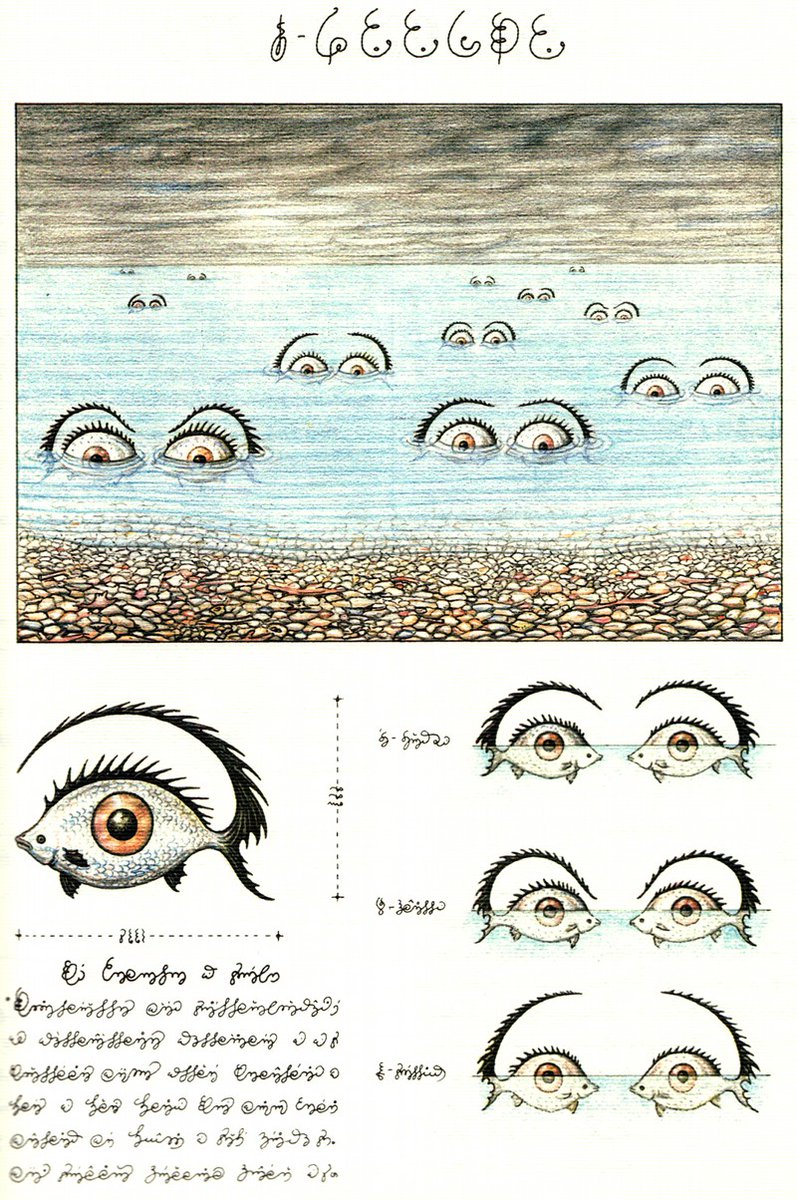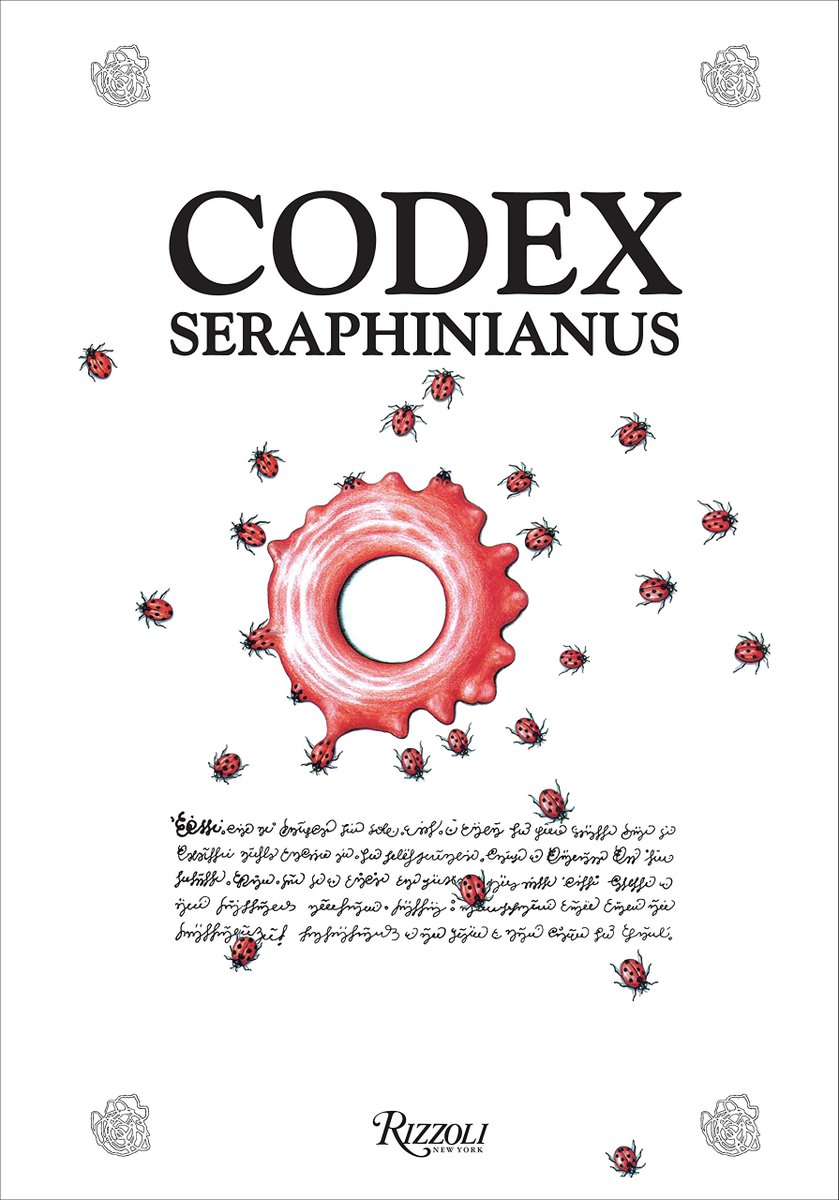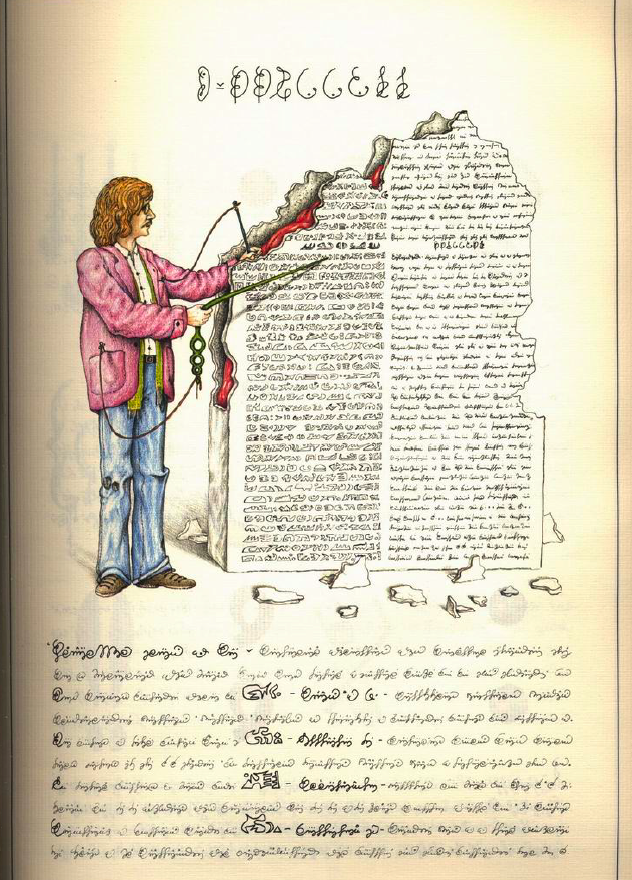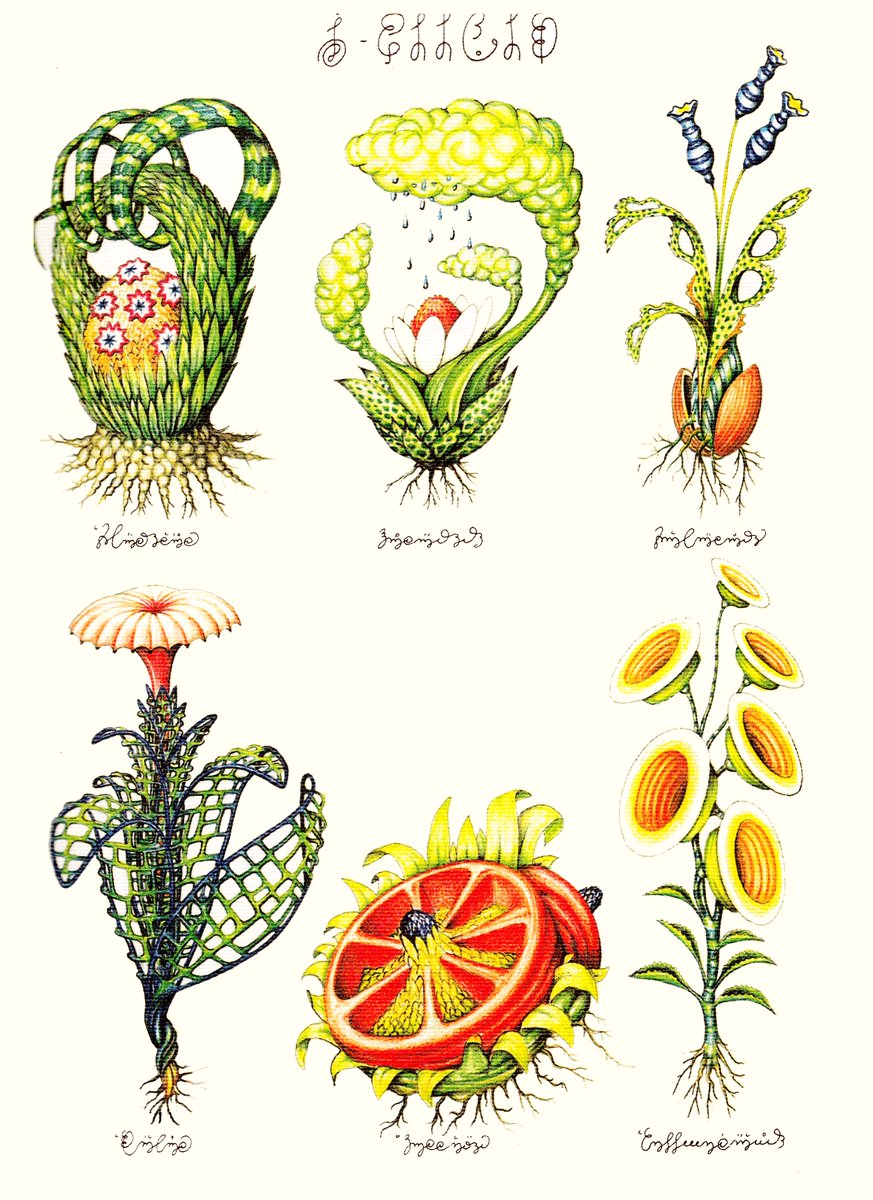First week of my course #AH4236 'Images and Knowledge in Early Modern Europe' @ArtHistoryStA @univofstandrews
I asked my students to act out a few early modern roles & practices e.g. coming up with a design for a print of a passion flower, featuring the “Passion” symbolism.
I asked my students to act out a few early modern roles & practices e.g. coming up with a design for a print of a passion flower, featuring the “Passion” symbolism.

👆This is the first design they produced, based on an image of the flower that I provided. #AH4236
We discussed period reactions to this type of representation e.g. John Parkinson's account of the passion flower in Paradisi in Sole. Paradisus Terrestris (1629)
We discussed period reactions to this type of representation e.g. John Parkinson's account of the passion flower in Paradisi in Sole. Paradisus Terrestris (1629)

Their second design 👇 is remarkable , for it resembles another famous early modern image linked to the question of religious symbolism in the Americas: the Cross of Limache, Chile, published in Alonso de Ovalle, Histórica relación del Reyno de Chile (1646). #AH4236 



In this other case, acting as artists working for a printer in early modern Antwerp, they were asked to produce an illustration of a creature they had never seen before, using only a textual account. #AH4236 

“[...] a strange monster, the foremost part resembling a fox, the hinder a monkey, the feet were like a man’s, with ears like an owl; under whose belly hung a great bag, in which it carried the young, which they drop not, nor forsake till they can feed themselves”. (V. Y. Pinzón)
The aim of these exercises is to introduce students to various key themes like the challenges of representing "unknown" animals & plants, the range of uses of such images in the culture of the period, or the significance of first-hand, in situ observation & social status #AH4236
Thanks to my students for letting me post these wonderful images!! #AH4236
• • •
Missing some Tweet in this thread? You can try to
force a refresh


















